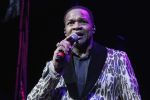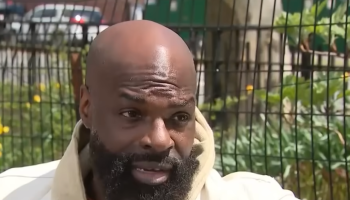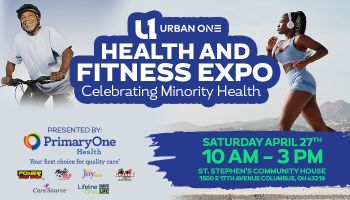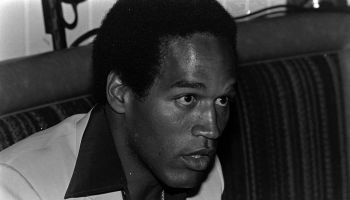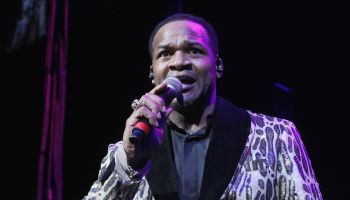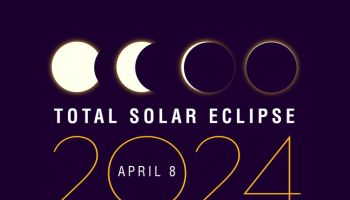Nearly half of active Twitter users don’t tweet. Twitter Music is not for Twitter’s power users, it’s for them. SOURCE

For the obsessive body of users that spend all day plugged into platforms like Tweetdeck, Twitter Music will probably feel like an incomplete, one-way experience. That’s because it was created for a different kind of Twitter user altogether.
RELATED::Family Feud: NeNe Leakes’ Sisters Trash Her On Facebook After RHOA Reunion
Last August, Twitter shared with BuzzFeed that of its 140 million active users (that number has swelled to 200 million recently) roughly 40% are strict consumers, meaning that they’re not posting tweets, but just reading them. For this group, Twitter is a casual experience that is much more like a distraction or a hobby than a day job. A lot of these people aren’t on Twitter to talk to friends and colleagues; they’re there to follow people they dont really know — many of whom are celebrities.
RELATED::Quotes From Hollywood’s 20 Most Hated Celebrities
For this group, which up to this point has been somewhat underserved by Twitter, the music app is natural fit. Follow your favorite musicians. Check out who they follow. Discover new music. And, if you want, tell your friends! It’s a laid back experience that’s based on consuming and following rather than broadcasting and being followed.







